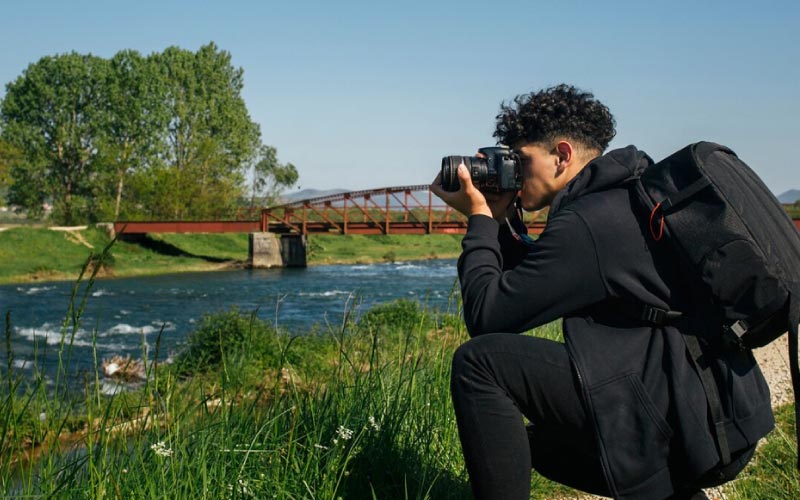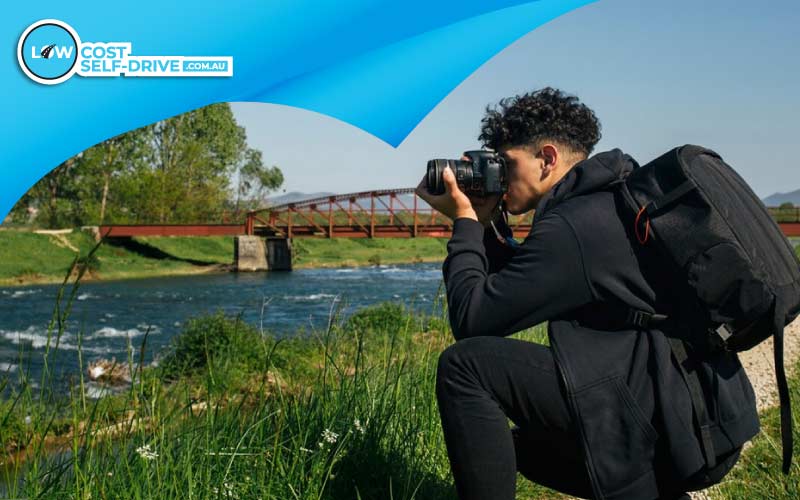The best migratory bird spots for bird watchers.
Australia is a paradise for bird enthusiasts and photographers, boasting some of the world’s most incredible migratory bird spots. With its diverse ecosystems, ranging from lush wetlands to coastal beaches, Australia offers a unique opportunity to witness and photograph various migratory bird species in their natural habitats.
For those looking to immerse themselves in this avian wonderland, renting a self-drive vehicle from Low-Cost Self-Drive is the perfect way to explore the best Australian migratory bird spots. In this blog, we’ll take you through some top locations, the best times to visit, and some handy photography tips to make the most of your birding adventure.
1. Kakadu National Park, Northern Territory
Location: Approximately a 3-hour drive east of Darwin
Best Time to Visit: April to October
Kakadu National Park is a UNESCO World Heritage site renowned for its rich biodiversity and stunning landscapes. It is one of the best places in Australia for migratory birds, especially during the dry season from April to October. The park’s wetlands and billabongs are prime locations for spotting various species, such as the magpie goose, the great egret, and the black-necked stork.
Photography Tip: For stunning shots of birds in flight, visit at sunrise or sunset when the light is softer. A telephoto lens (200mm or longer) is ideal for capturing close-up shots without disturbing the birds.
2. Broome and Roebuck Bay, Western Australia
Location: Around 2,200 km north of Perth, accessible by a scenic drive through the Great Northern Highway
Best Time to Visit: September to March
Broome is a top destination for spotting migratory shorebirds, with Roebuck Bay being a significant stopover site for birds migrating along the East Asian-Australasian Flyway. During the migratory season, birdwatchers can expect large flocks of red-necked stints, bar-tailed godwits, and great knots. This makes Broome one of the most exciting Australian migratory bird spots to visit.
Photography Tip: Use a tripod to stabilise your camera and capture sharp images of birds feeding along the mudflats for best results. Check the tide schedules to plan your visit during low tide when birds are most active.
3. Murray-Sunset National Park, Victoria
Location: About a 5-hour drive northwest of Melbourne
Best Time to Visit: October to March
Murray-Sunset National Park is another must-visit location among the Australian migratory bird spots. Known for its vibrant pink salt lakes, the park is home to various migratory species, including the orange-bellied parrot and the regent honeyeater. Birdwatchers flock to this region to witness these rare birds during their migration season.
Photography Tip: The park’s pink lakes provide a unique backdrop for bird photography. Early morning light enhances the lakes’ colours, making it a perfect time for landscape and bird photography.
4. Lord Howe Island, New South Wales
Location: 600 km east of Port Macquarie, accessible via a short flight from Sydney
Best Time to Visit: September to May
For a unique birdwatching experience, Lord Howe Island offers an unspoiled paradise where you can see seabirds like the red-tailed tropicbird and the flesh-footed shearwater. This remote island is a less common but no less incredible migratory bird spot in Australia.
Photography Tip: Bring a lightweight camera with a zoom lens to capture birds flying over the ocean. A polarising filter can help reduce glare and enhance the ocean’s blue tones.

5. Phillip Island, Victoria
Location: Just a 90-minute drive southeast of Melbourne
Best Time to Visit: November to March
Phillip Island is famous for its penguin parade, but it’s also a great Australian migratory bird spot where you can see other species like the short-tailed shearwater (also known as the muttonbird). Thousands of these birds migrate here from Alaska yearly, creating a spectacular sight for bird lovers.
Photography Tip: The penguin parade offers excellent opportunities for night photography. Use a camera with good low-light capability and a fast lens to capture sharp images in dim light.
Travel and Bird-Watch with Ease: Low-Cost Self-Drive
When exploring Australia’s migratory bird spots, convenience and comfort are key. That’s where Low-Cost Self-Drive comes in. As the best transport partner in Australia, they offer a wide range of self-drive vehicle rentals, from compact vehicles for solo birdwatchers to larger vehicles for groups. Their affordable rates and flexible rental options make them ideal for a birding road trip across Australia’s diverse landscapes.
Choose to Rent from Low-Cost Self-Drive
- Convenience: You can pick up your vehicle in major cities like Darwin, Melbourne, or Perth and drive straight to your chosen Australian migratory bird spots.
- Flexibility: Choose from various vehicles that suit your needs when travelling with a group.
- Affordability: Enjoy competitive pricing and special deals for longer rentals.
- Comfort: All vehicles are well-maintained and equipped with modern amenities for a comfortable journey.
Conclusion
Australia’s migratory bird spots offer an unparalleled experience for both seasoned birdwatchers and amateur photographers. From the wetlands of Kakadu to the salt lakes of Murray-Sunset National Park, each location provides a unique opportunity to witness the marvels of avian migration.
With a self-drive car rental from Low-Cost Self-Drive, you can explore these incredible spots at your own pace, ensuring a memorable adventure filled with breathtaking sights and sounds.
Take advantage of the convenience and affordability offered by Low-Cost Self-Drive, and your adventure through Australia’s birdwatching hotspots will be memorable and comfortable. So pack your bags, grab your camera, start booking your self drive car hire, plan the ultimate birdwatching tour, and experience the magic of Australia’s migratory bird spots up close!
